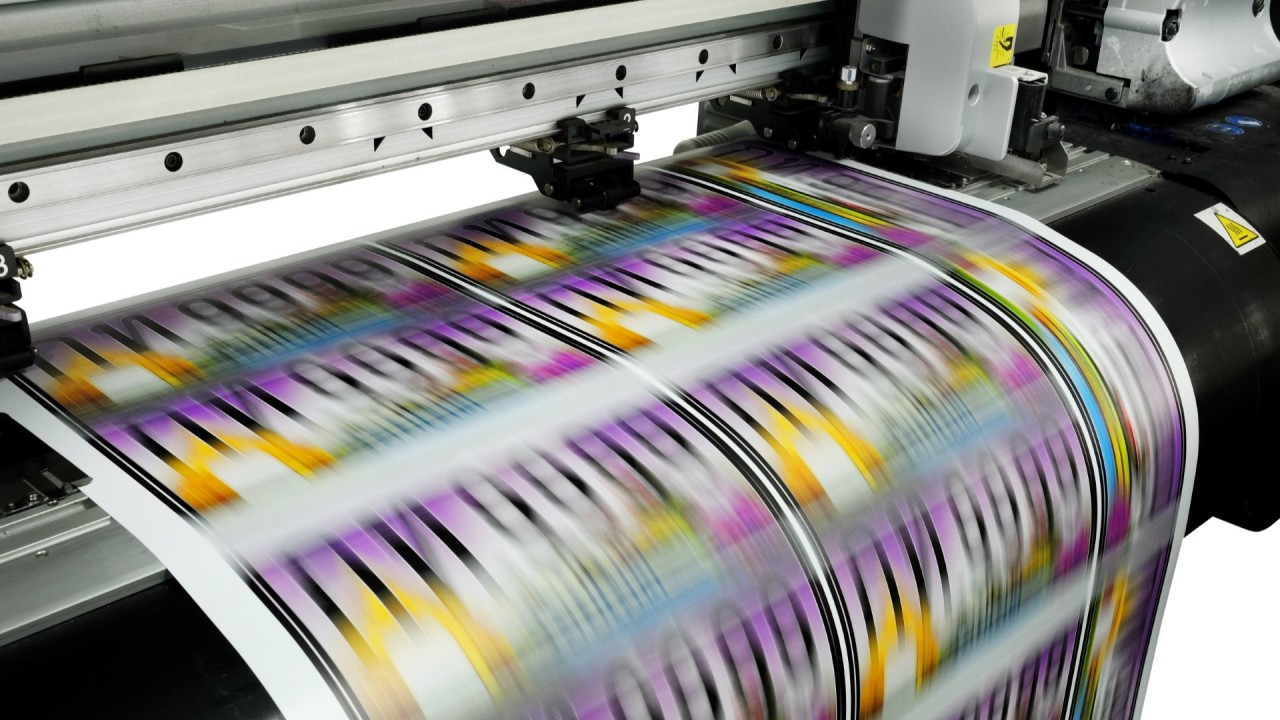The world of technology is ever-evolving, and one of the most exciting developments in recent years is the concept of digital twins. When paired with printing technologies, this innovation opens up a realm of possibilities that are reshaping industries. This article delves into the fascinating intersection of digital twins and printing, exploring how they are revolutionizing the way businesses operate and engage with their audiences.

Understanding Digital Twins
A digital twin is a virtual representation of a physical object or system. It functions as a bridge between the physical and digital worlds, allowing organizations to simulate, predict, and optimize performance. In essence, it is a dynamic, digital model that replicates the attributes and behaviors of its real-world counterpart.
How Digital Twins Enhance Printing
The integration of digital twins with printing technologies offers numerous advantages. By creating a virtual model of a printing system, companies can monitor and optimize the entire process, from design to production. This leads to improved efficiency, reduced waste, and enhanced product quality.
Optimizing Printing Processes
Through digital twins, businesses can simulate different scenarios and identify the most efficient production methods. This results in significant cost savings and faster turnaround times. For an in-depth understanding of how this technology compares with traditional methods, visit Traditional vs Modern Printing.
Reducing Environmental Impact
With the ability to accurately predict outcomes, companies can minimize material usage and energy consumption. This not only lowers operational costs but also supports sustainable practices. Interested in learning more about eco-friendly materials? Check out Sustainable Printing Materials.
Applications in Marketing
The combination of digital twins and printing is particularly valuable in the marketing sector. Brands can create personalized, interactive experiences that capture consumer attention and drive engagement.
Personalization and Customization
By utilizing digital twins, marketers can develop highly customized campaigns that resonate with individual preferences and behaviors. This level of personalization enhances customer satisfaction and loyalty.
Interactive Print Media
Interactive print media, powered by digital twins, allows consumers to engage with printed materials in novel ways. For instance, augmented reality (AR) features can be integrated into print campaigns, offering an immersive experience. To explore this further, visit AR in Print Media.
The Role of AI in Digital Twins
Artificial Intelligence (AI) plays a crucial role in the development and application of digital twins. AI algorithms analyze vast amounts of data to provide insights and recommendations that enhance decision-making processes. Discover more about AI’s impact on printing technology at AI in Printing Technology.
Predictive Maintenance
AI-driven digital twins enable predictive maintenance by identifying potential issues before they arise. This proactive approach minimizes downtime and extends the lifespan of printing equipment.
Data-Driven Insights
By leveraging data from digital twins, companies can gain valuable insights into consumer behavior and market trends. This information is instrumental in developing effective marketing strategies.
Future of Digital Twins and Printing
The future of digital twins and printing is promising, with ongoing advancements set to further revolutionize industries. As technology continues to evolve, new applications and opportunities will emerge.
The Rise of 3D Printing
3D printing is a key area where digital twins are making a significant impact. The ability to create precise digital models enables the production of complex, customized objects with unparalleled accuracy. For more insights on the future of 3D printing, visit Future of 3D Printing.
Integration with IoT
The integration of digital twins with the Internet of Things (IoT) is another exciting development. This combination allows for real-time monitoring and control of printing systems, enhancing efficiency and performance.
Challenges and Considerations
While the benefits of digital twins and printing are substantial, there are challenges to consider. Implementing this technology requires significant investment and expertise, and companies must address data security and privacy concerns.
Investment and Expertise
Adopting digital twins involves upfront costs and the need for skilled personnel. Organizations must weigh these factors against the potential long-term gains.
Data Security
Ensuring the security and privacy of data generated by digital twins is critical. Companies must implement robust cybersecurity measures to protect sensitive information.
Conclusion
The integration of digital twins and printing represents a transformative shift in how businesses operate and interact with their audiences. As this technology continues to evolve, it will unlock new possibilities for innovation and growth. By embracing digital twins, companies can enhance efficiency, reduce costs, and deliver personalized experiences that captivate consumers.

FAQs
What are digital twins?
Digital twins are virtual models of physical objects or systems that allow for simulation, prediction, and optimization.
How do digital twins impact printing?
They enhance efficiency, reduce waste, and improve product quality by optimizing the entire printing process.
What is the future of digital twins in printing?
The future is bright, with ongoing advancements in 3D printing and IoT integration set to revolutionize the industry.
This article contains affiliate links. We may earn a commission at no extra cost to you.






